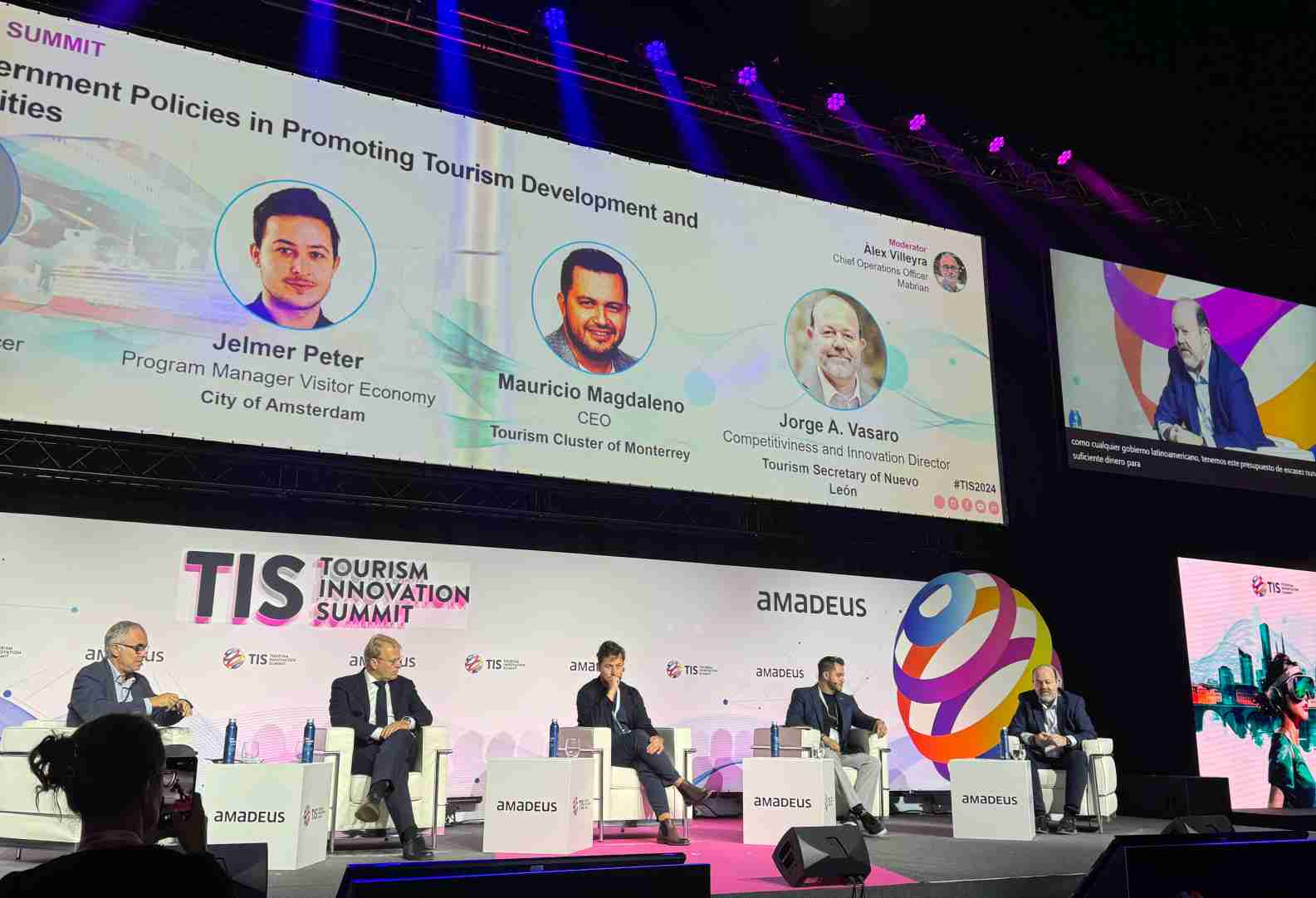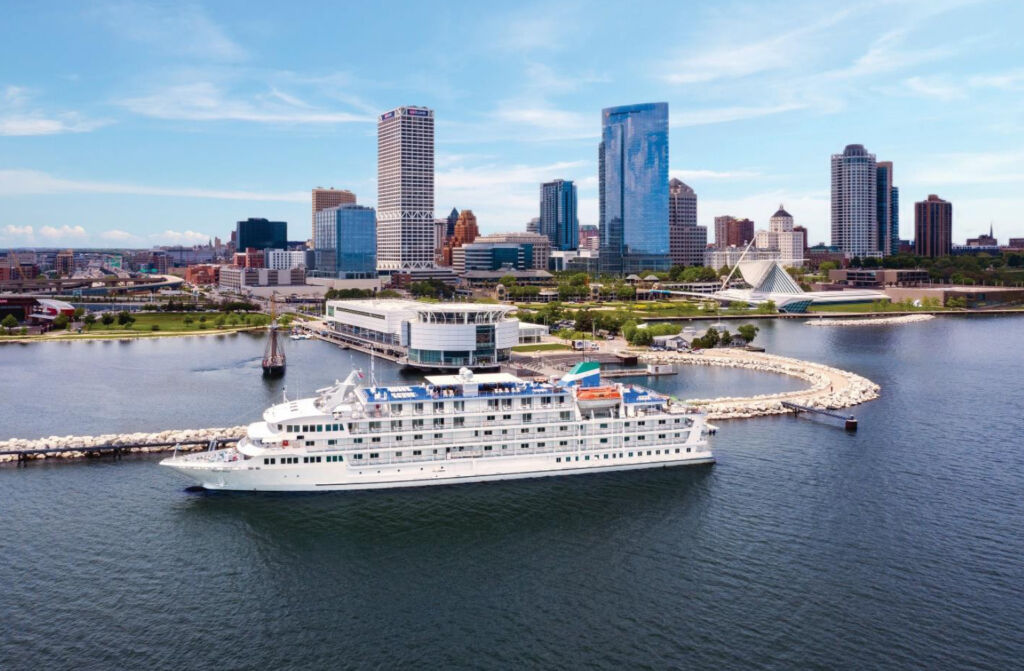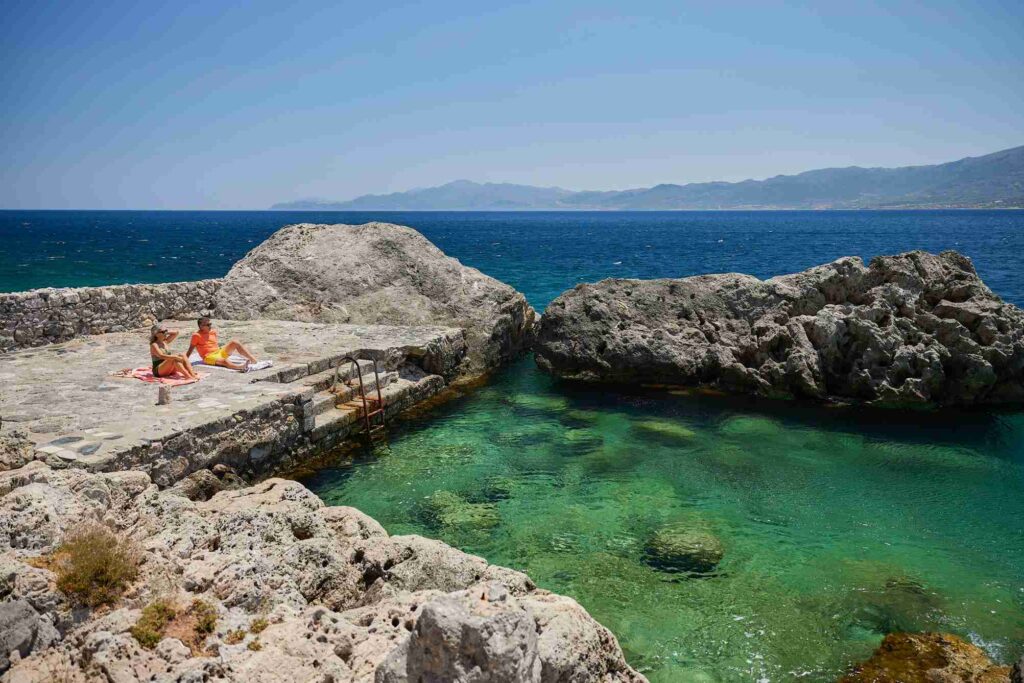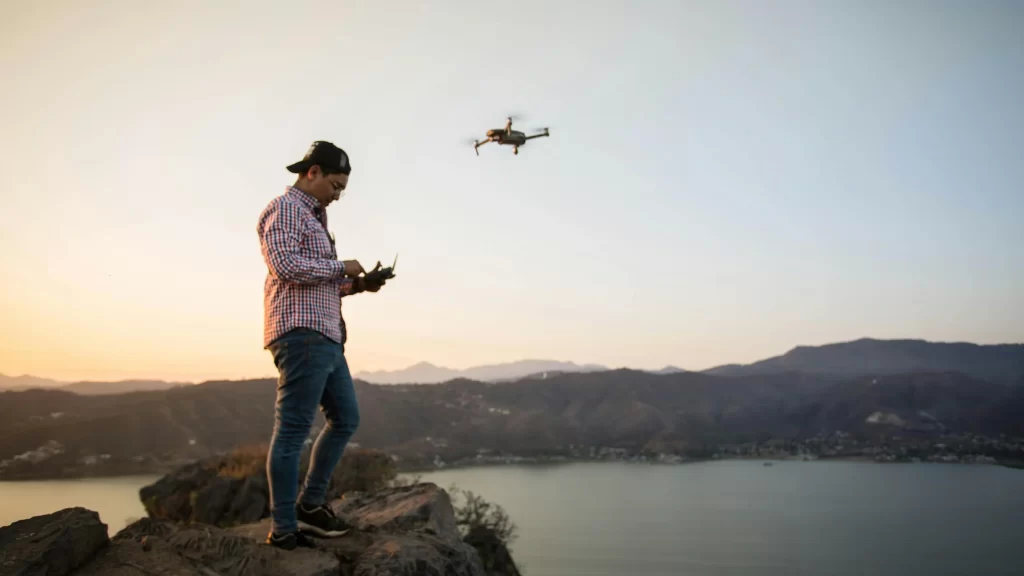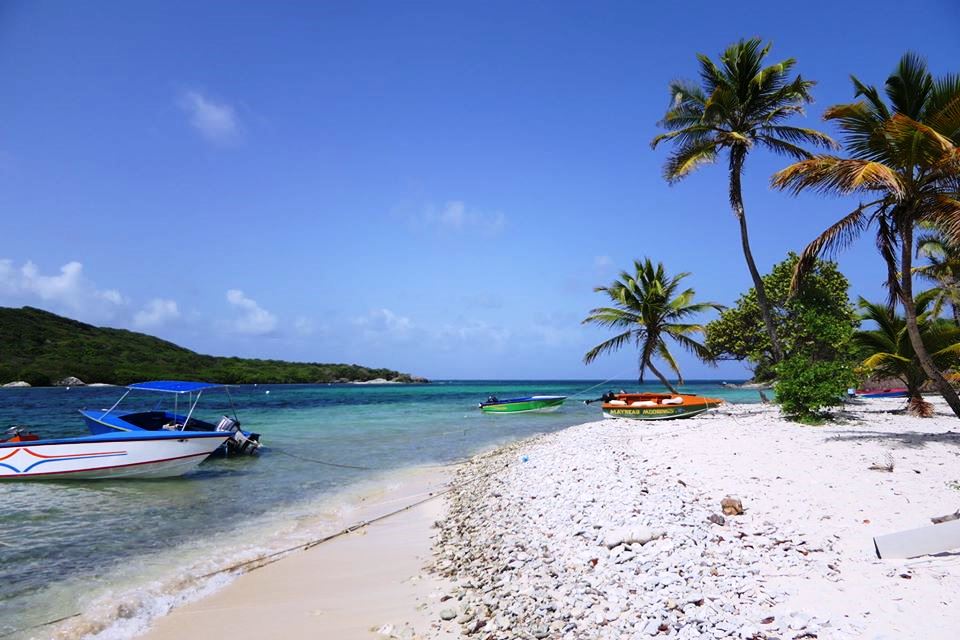As key tourist destinations like Amsterdam, Barcelona, and Venice start rethinking their relationships with the cruise industry, the focus often shifts to environmental concerns, particularly fuel optimization and CO2 emissions. However, as the cruise sector faces increasing scrutiny, the challenges go beyond just sustainability, touching on issues of perception, urban management, and the industry’s impact on city centers. It was discussed today at the Tourism Innovation Summit (TIS) 2024 in Seville, by Sascha Gill, Chief Executive Officer of United Waterways and Jelmer Peter, Program Manager Visitor Economy of the City of Amsterdam.
Cruise Industry’s Challenges
One of the most pressing concerns for the cruise industry is environmental sustainability, specifically the decarbonization of ships. This is not just a goal but a regulatory necessity, with clear guidelines laid out to achieve carbon reduction targets by 2030 and 2050. As one industry insider put it, “It’s not even a question if you’re going to decarbonize; it’s going to happen.”
The cruise industry, like all shipping sectors, is inherently efficient when it comes to transport. Ships remain one of the most fuel-efficient modes of transportation when compared to planes, cars, or trains. The challenge lies in the fact that cruise ships often dock in highly visible areas, like city centers, making their environmental impact more noticeable, even if they are part of a broader commitment to decarbonization.
Perception: The Power of Visibility
A key issue for the cruise industry is perception. When a large, white cruise ship arrives in a city center, it becomes an instant focal point for both locals and tourists. This visibility can lead to negative perceptions about the cruise industry’s environmental impact, even if the facts suggest that ships are a more sustainable form of mass transport than other alternatives.
For example, the CO2 emissions per visitor are an emerging metric, much like the airline industry’s cost-per-passenger model. This approach helps cities and the cruise industry work together to establish reduction targets. By focusing on both profitable and low-emission visitors, destinations can balance tourism revenue with sustainability.
Managing Tourism: Beyond Environmental Concerns
The challenges of the cruise industry go beyond sustainability; they also involve managing the flow of tourists in city centers. One of the strengths of the cruise industry is its ability to manage large numbers of tourists efficiently. “Escorted tourism,” or guided tours, allow cruise operators to control where and when visitors move through a city, reducing the strain on local infrastructure.
Cities like Dubrovnik have successfully collaborated with the cruise industry to manage tourist flow. A dialogue between the city and the cruise lines led to a well-coordinated system that minimizes disruption. By managing when and where tourists visit, both the city and the cruise operators can create a more harmonious relationship with the local population.
The Case of Venice and Amsterdam: Lessons in Mismanagement
Venice presents a stark example of what happens when the cruise industry is excluded from city planning. After banning large cruise ships, Venice saw no reduction in tourist numbers. In fact, the challenge has now shifted to managing independent tourists, who are harder to regulate compared to cruise passengers. Without the ability to control the flow of visitors through escorted tourism, cities like Venice may find themselves overwhelmed by unregulated tourist traffic.
Amsterdam has also started imposing limits on cruise ships docking in the city center. The city’s government is engaging in discussions with the cruise industry to ensure that tourist visits are better timed and less disruptive to local life, such as during peak hours of work or school.
The Path Forward: Dialogue and Cooperation
The future of the cruise industry lies in finding a balance between sustainability, tourism management, and public perception. This balance can only be achieved through open dialogue between cities and cruise operators. As urban areas grapple with the pressures of mass tourism, cruise companies can play a vital role in managing tourist flow while minimizing environmental impact.
Ultimately, the challenge for the cruise industry is twofold: improving environmental sustainability while addressing the visibility and perception of its impact on city centers. By working closely with local governments, the cruise industry can continue to be a key player in global tourism, without overwhelming the cities that host their passengers.


